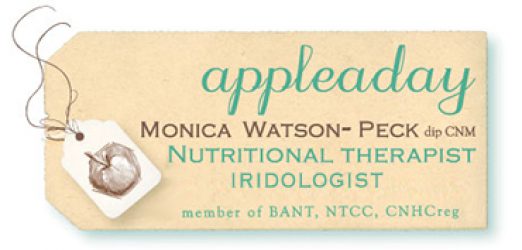Christmas lunch this year was an unknown until the week it was happening. The recent avian flu outbreak in UK, and the subsequent exorbitant prices for organic turkey and chicken, put paid to our traditional Christmas bird. So when a friend mentioned a delicious recipe for slow-cooked venison I thought I’d give it a go.
This recipe freezes well so I cooked it in advance, then defrosted it for Christmas morning, making the day in the kitchen so much easier, esp as our two giant elves were busy with their own creations for the feast.
I used a large deep pan with lid and cooked the stew for three hours on the hob, where I could keep an eye on it!
After defrosting, it simmered a further hour and a half on a low heat.

I’m not practised at cooking red meat but ‘slow cooked’ for me is always reassuring and a healthier way of cooking. After reading a few different recipes I merged a couple which gave me elbow room to add more plant-based ingredients, including the home-made cranberry sauce below, which I added to the stew and to the table, as a side dish.

If you’re going to eat red meat at least venison is one of the healthier options as it’s the lowest in saturated fat (I’m on a cardiovascular protective journey given my parents and grandparents all had CV health issues).
Venison is also high in zinc, such a great antioxidant, although to be fair, not as high as Sydney rock oysters! and it has a good dose of B vitamins, always handy around Christmas time for their nervous system support 😉
The meal was such a hit it was requested for New Year’s Eve, so this is it in the photo above. Less meat than you may think as there are lots of mushrooms and chestnuts pretending to be venison.
Bon appetit, and wishing you all a happy 2023!

Ingredients: 4-6 people
3 tbsp olive oil
1 large red onion, finely diced
900 g venison, cubed
3 garlic cloves, minced
ground pepper, some sea salt
3 tbsp tomato paste
1 heaped tbsp cranberry sauce
250-300g shiitake or mixed woodland mushrooms, sliced or chopped
150g cooked chestnuts
100g fresh cranberries
140 ml broth, either veg or beef
250 ml red wine
2 tbsp worcestershire sauce (I used 1 heaped tbsp low-salt marmite – yes, that is a thing – and it works well if you’ve run out of W. sauce)
Method:
Heat the oil in a deep pan – or your slow cooker – then braise the venison cubes over a medium heat. Transfer to a bowl, then gently fry the sliced onions and mushrooms for about 5 minutes until they’re soft.
Add the garlic, tomato paste and cranberry sauce plus a little sea salt and ground pepper.
Now the meat goes back in the pan – or your slow cooker. Stir in the chestnuts, cranberries and the liquids: broth, red wine & worcestershire sauce (or marmite).
Gently combine, cover and cook on a medium heat on your cooker for c 3 hours. Reduce the heat to low for another hour. If using a slow cooker, cook on high for about 4 hours or low for about 7 hours.
We ate our venison stew with mixed basmati, wild and red rice on New Year’s Eve but I’m sure mashed potatoes would also be delicious.
Sprinkle with thyme leaves before serving and enjoy!









